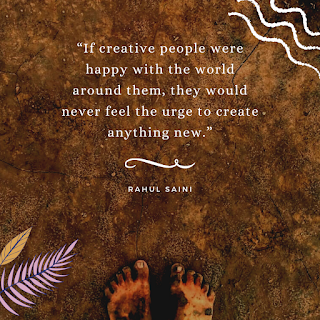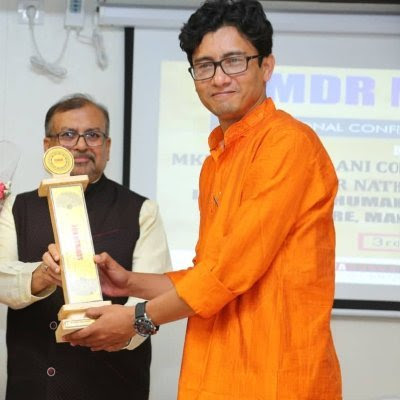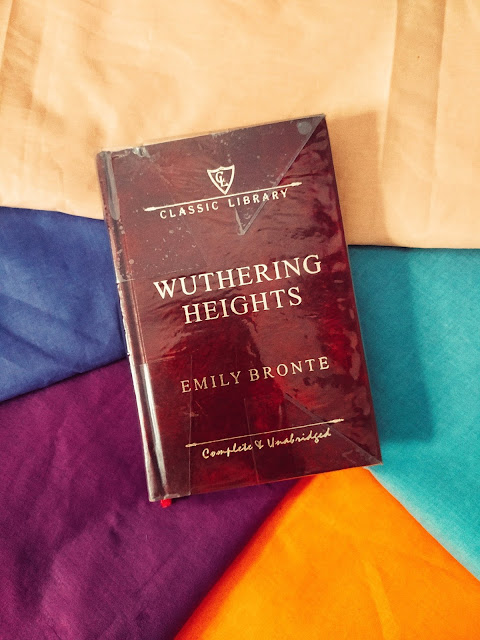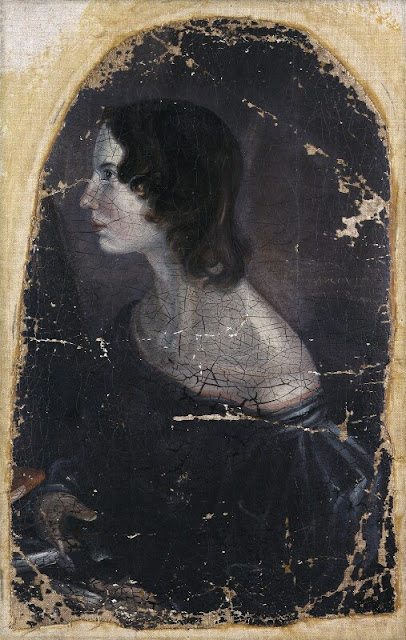Pallavi Aiyar’s Modern Fable 'Chinese Whiskers' Traces Highly Changeable Nature of Humans
Book Review by Dhiraj Sindhi
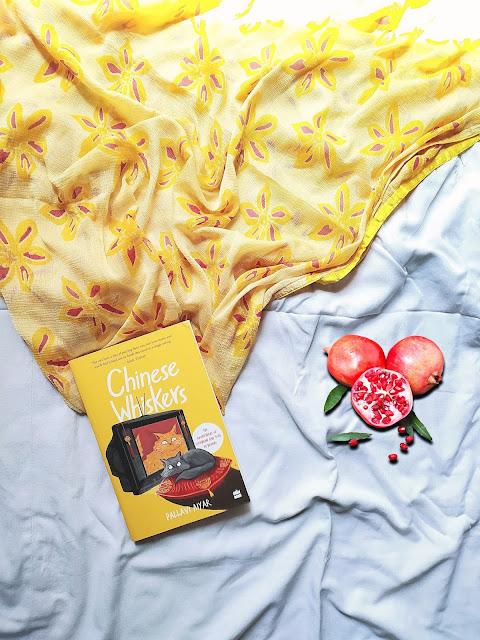 |
| Chinese Whiskers by Pallavi Aiyar |
Author: Pallavi Aiyar
ISBN: 978-9390351633
Genre: Contemporary Fiction (Modern Fable)
Length: 242 Pages
Publication Date: 15th December 2020
Publisher: HarperCollins India
Cover Design: Aaryama Somayaji
Cover Designer: Website: highonmangoes.com | Instagram: @highonmangoes
Order your copy right now: https://amzn.to/3xi7brw
Award-winning
journalist Pallavi Aiyar has spent several years reporting from, and parenting
in, China, Europe, and Indonesia. She is the author of Smoke and Mirrors,
Chinese Whiskers and Punjabi Parmesan. Pallavi is a World Economic Forum Young
Global Leader, and a former Reuters Fellow at Oxford University. She currently
lives in Spain with her family – human and feline.
 |
| Pallavi Aiyar |
Instagram: @aiyarpallavi
Twitter: @pallaviaiyar
Website: pallaviaiyar.com/
Facebook: @paliaiyar
Disclaimer: This review is only intended for initiating discussions. The opinions and views presented in this article are my own and do not reflect anything about the book's author.
"I started reading Chinese Whiskers when I was trying to cope with the Covid fatigue and anxiety because it seemed to me a feel-good, fursome book that could give me exactly what I wanted - joy and light. And since I have a cat visitor who everyday visits my home, it doubled my excitement and reading experience. I had not been reading for some time, but this book got me out of my reading slump. "
The novel coronavirus disease swept across the
world recently, wreaking havoc in its wake to be coped with for the coming
indefinite period of time. No sooner had the pandemic hit us than we made
startling headlines such as this—“Our neighbours made us Covid-19 Pariahs” and
this—“Doctors,
nurses forced out of the flat by society”, and this—“Cleared by doctors, not by
the public”. The social stigma during epidemics is nothing new because, for us
humans, it is easy to blame or associate the fear of the unknown to ‘others’.
From leprosy to Covid-19, the social stigmatization has posed a serious threat
to the lives of health workers, patients, and survivors in the form of
harassment and physical violence, making an already testing situation harder to
fight with. If we can do this to our fellow beings, then animals don’t stand a
chance to be excluded from such ostracism. Right, am I not?
The newly published
edition of Pallavi Aiyar’s Chinese Whiskers—originally published in 2010 following
the plotline based on the episodes of Chinese history such as the spread of
SARS virus in 2003, Olympic Games, and tainted pet-food scandals—deals with the
very idea of our coexistence with other living organisms, amongst a range of
other subjects. Chinese Whiskers is a modern fable that throws us into the
chaotic and ever-shifting landscape of early 21st century China;
told from the perspective of two cats belonging to different backgrounds who are
eventually brought together when a foreign couple (Mr. and Mrs. A)—living in
traditional style courtyard in Beijing’s hutongs—adopts them. So, they start
their new, indoors, pampered lives, away from their biological families.
Soyabean used to live in
the courtyard of the Siheyuan (historical type of residence commonly found
throughout China) owned by the Xu (human) family, where he was pampered by the
grandmother of the Xu household who personifies Chinese traditional and
cultural values, which her grandson is least bothered to recognize. Soyabean is
a plump, funny, energetic, and proud cat who is now beyond excited at the
prospect of modelling for a cat-food brand—Maomi Deluxe’s ad. On the contrary,
Tofu is a skinny, quiet, anxious, and clever cat who used to live with her
stray cat mother and her four brothers in a dustbin situated on a college campus
and in the backyard of a once-famous professor—Old Man Zhao, who was denied the
permission to teach after he wrote a book, controversial enough to cause
agitation among powerful people.
As apparent it may seem
from these little extracts from characters’ lives, there are distinguishable motifs
in the stories they tell—some concerning economic inequality, some concerning
moral disengagement, and so on. Pallavi has so effortlessly incorporated such
heavy subject matters in a light, witty and innocent narrative of the felines
that children could handily comprehend and reckon these patterns in their
surroundings. Once these furballs take up space in your heart, there is no way they’re
meowing out. They’ll charm you to care about them just like you would feel for
your real kitten friends. You would want to stick with them through thick and thin.
This feel-good
contemporary fiction picks up the pace and builds up tension as Tofu gets
warned by her brother, “Ren are walking around with great white masks tied over
their mouths so you can’t see their lips when they talk.” There are three major
themes intertwined throughout the book. The first one deals with the “Bing du”
virus outbreak, its effects, and people’s reaction to it, especially to the
part where rumours suggest cats are the source of this virus. Another one
contributes to the subject of rampant consumerism and its macro-economic,
social, and ecological implications; how it can be used by wealthy people to
fool or exploit their consumers. Global inequality is one such outcome of
consumerism, further widening the gap between the rich and the poor in the age-old
saying, “The rich get richer, the poor get poorer.” The third theme touches on
the subject—empathy and morality. It is literally that “moral lesson” that
every fable brings along. Apart from that, there are adventures, there are victories,
there is hypocrisy, there is government, there are migrant workers, and there
are protests.
Pallavi has cleverly
given voice to not just two cats but two separate classes of cats—indoor cats
and alley cats. The amusing and heartening viewpoint coupled with a page-turning
plot makes Chinese Whiskers a pleasurable read. Moreover, this edition contains
pawful of adorable illustrations by Aaryama Somayaji that
really pour life into the story. I learned many Chinese words also that I have
gotten used to.
 |
| Illustration by Aaryama Somayaji ©highonmangoes |
In the end what you can
take away from Chinese Whiskers is—what really matters is how we are striving
to become more inclusive of others, not just humans, but all the living
organisms and what kind of legacy we’re building to leave behind for our future
generations. We need to learn before we have to learn it the hard way that we
humans cannot heal on our own. Many fragile ecosystems are on the verge of
collapsing. We need to respect and preserve the biodiversity of our ecosystems to
develop more sustainable environments. The least we can do is embrace the idea
of coexistence, be compassionate towards Soyabeans and Tofus around us because
we, together with the plants, animals, and other organisms, complete our
life-sustaining planet.
Happy Reading!





